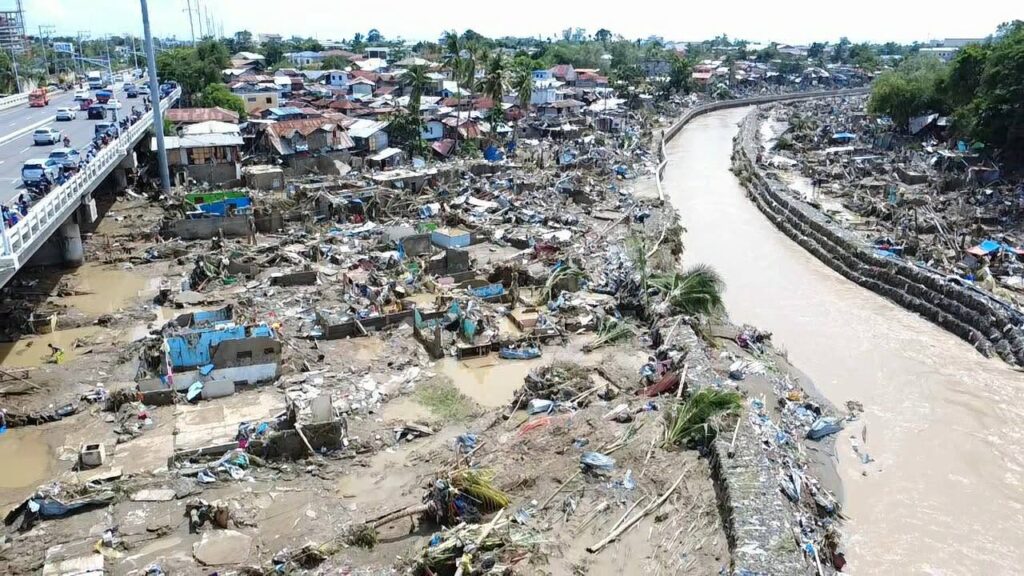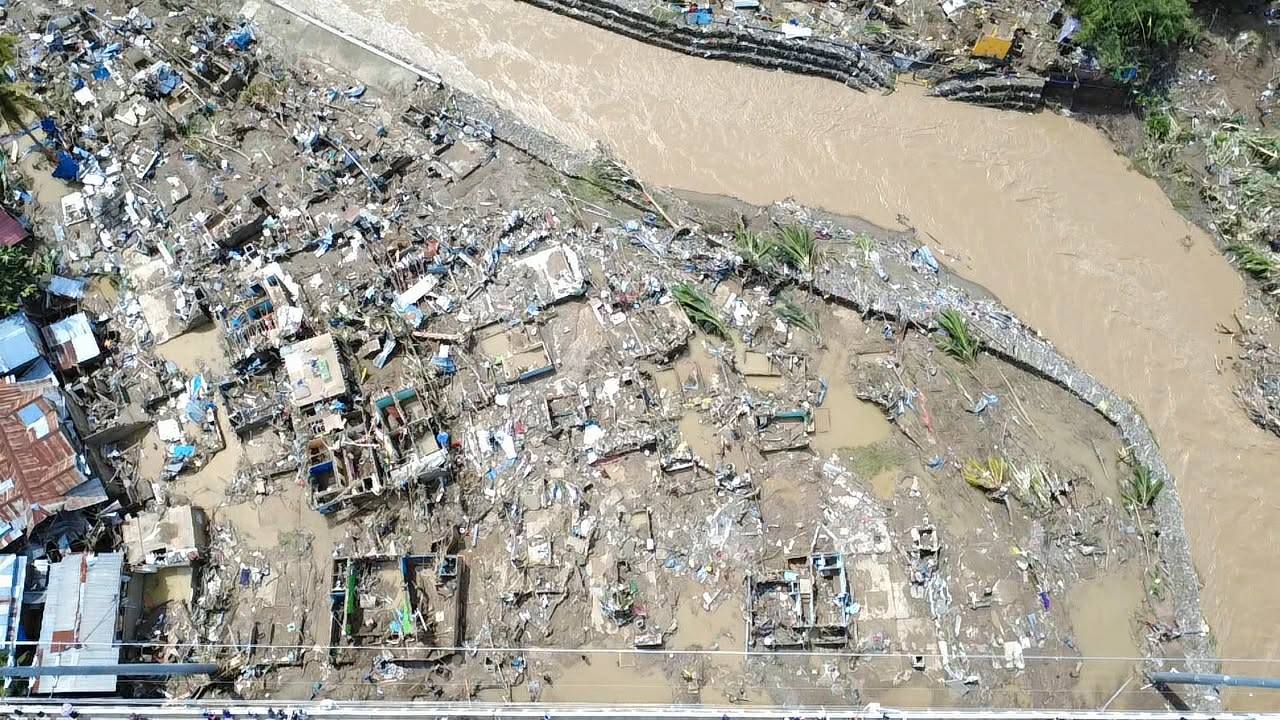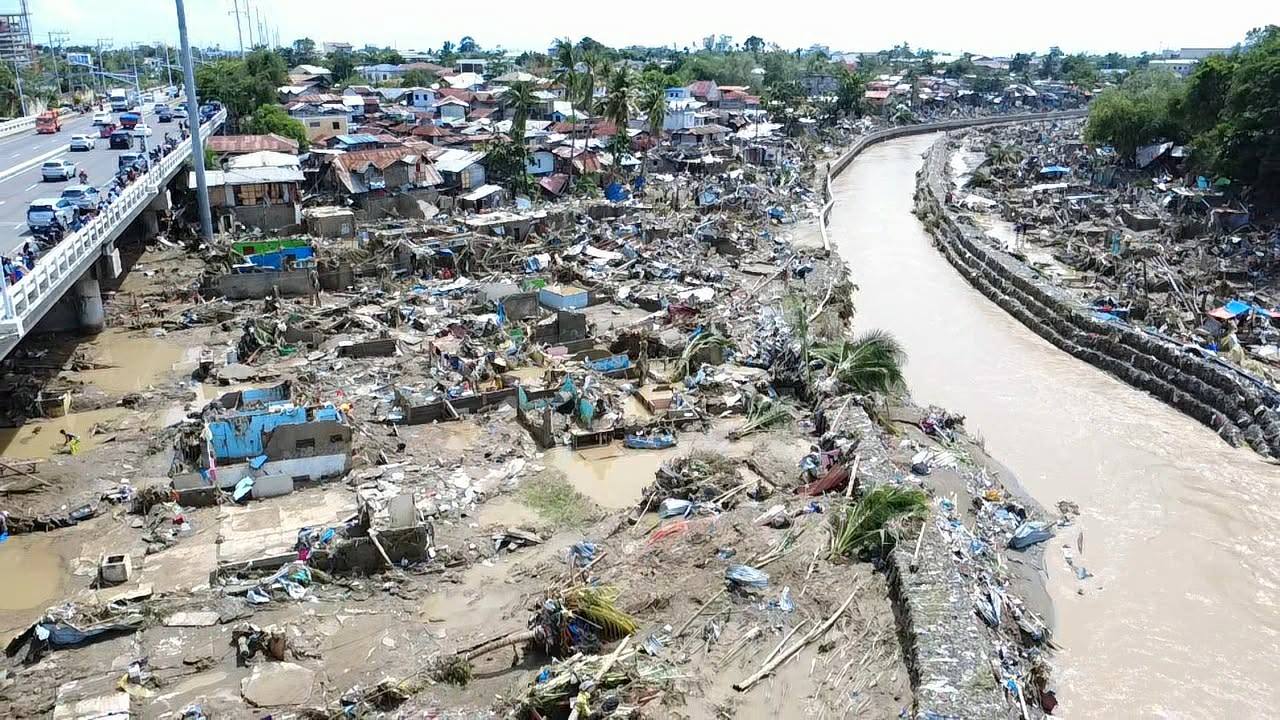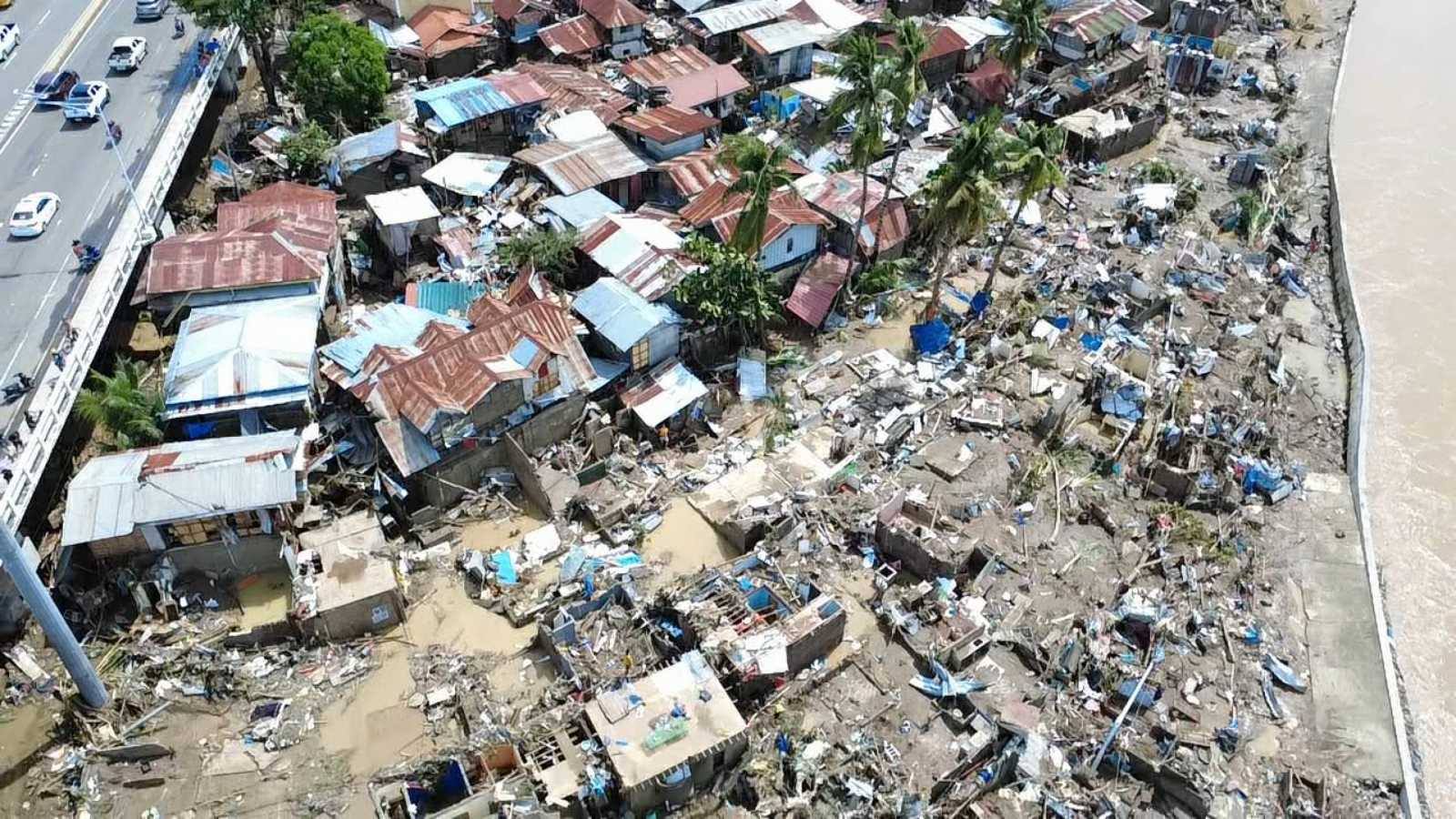Bagyong Tino in Cebu: Impact, Damages, and Recovery
Bagyong Tino struck the Visayas region in early November 2025, bringing intense rainfall, strong winds, and widespread flooding across parts of Cebu. Classified as a severe tropical storm, it disrupted daily life, damaged properties, and tested the resilience of local communities. In this article, we’ll explore how Bagyong Tino affected Cebu, how authorities responded, and what lessons were learned for future preparedness.
The Arrival of Bagyong Tino
Bagyong Tino entered the Philippine Area of Responsibility (PAR) on November 2, 2025, and quickly intensified as it approached the central Philippines. The Philippine Atmospheric, Geophysical and Astronomical Services Administration (PAGASA) raised tropical cyclone wind signals over parts of the Visayas, including Cebu, warning of possible flash floods and landslides.
As Tino moved westward, it brought sustained winds of 95 km/h and gusts reaching up to 120 km/h. These strong winds uprooted trees, damaged electrical lines, and left several areas without power for hours. Low-lying and coastal towns experienced storm surges and significant flooding, forcing residents to evacuate to higher ground.
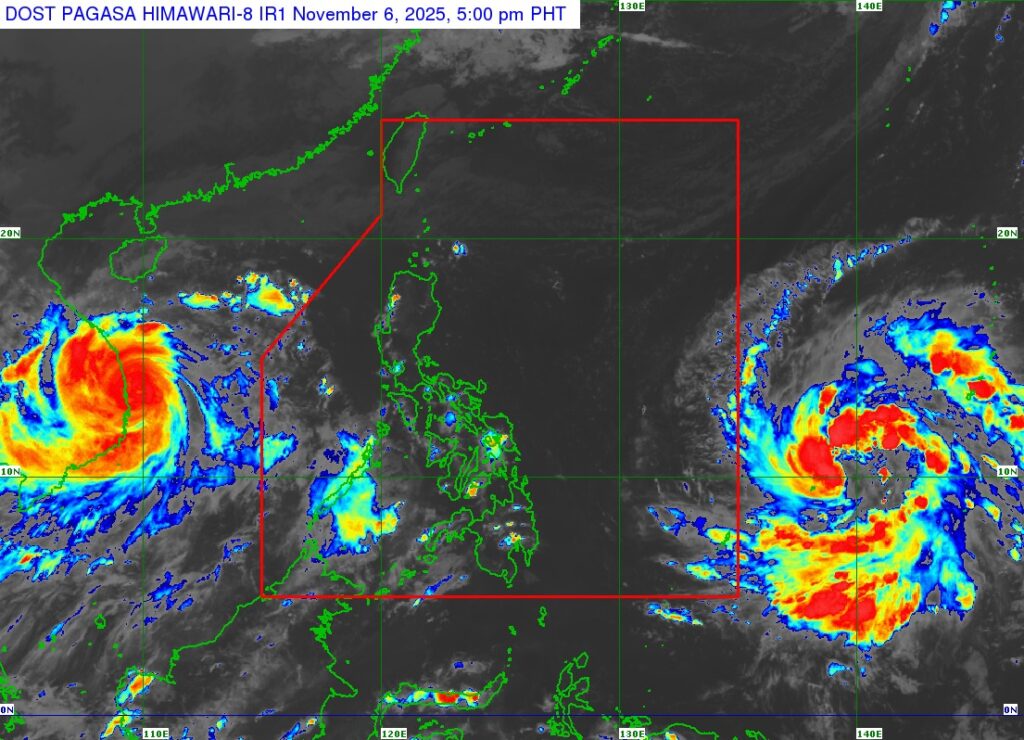
Widespread Impact in Cebu
The effects of Bagyong Tino were strongly felt throughout Cebu City, Mandaue, Lapu-Lapu, and nearby municipalities. Heavy rains flooded major roads, disrupting transport and business operations. In mountain barangays, landslides were reported, isolating some communities for several days.
According to local authorities, several rivers overflowed their banks, submerging residential areas and damaging crops. Coastal villages experienced high waves and debris flow, which affected fishing boats and small coastal structures. Public schools and government buildings were temporarily used as evacuation centers to shelter affected families.
Power outages also occurred in various areas due to toppled electric poles and damaged substations. Water supply interruptions were reported in certain towns as well, highlighting how infrastructure vulnerabilities can worsen during natural disasters.
Government and Community Response
Cebu’s Provincial Disaster Risk Reduction and Management Council (PDRRMC) activated its Emergency Operations Center (EOC) ahead of the storm. Local officials and volunteers worked together to distribute food packs, water, and medical assistance to displaced families.
Rescue teams were deployed in flood-prone areas, while coast guard units prohibited sea travel to ensure safety. In coordination with PAGASA and the Office of Civil Defense (OCD), continuous updates were shared on social media and local radio to keep the public informed.
The quick coordination between barangay leaders, responders, and residents showcased Cebu’s growing commitment to disaster preparedness and community resilience. Evacuation drills conducted earlier in the year helped reduce casualties and improved emergency response times.
Aftermath and Recovery
Once Bagyong Tino exited the Philippine Area of Responsibility, clearing operations immediately began. Fallen trees and debris were removed from highways to restore mobility. Utility companies worked around the clock to repair power and communication lines.
Local government units focused on damage assessment and relief distribution. Farmers received assistance for damaged crops, while infrastructure restoration projects were prioritized to reopen affected roads and bridges. Community-led clean-up drives were organized to rehabilitate affected barangays.
Despite the destruction, Cebu’s recovery efforts demonstrated unity and preparedness. The storm served as a reminder of the importance of early warning systems, coordinated disaster management, and climate adaptation programs.
Lessons Learned from Bagyong Tino
Early Preparation Saves Lives – Timely evacuation and local coordination prevented higher casualties.
Infrastructure Resilience – Upgrading drainage systems and reinforcing bridges can reduce flooding risks.
Public Awareness – Continuous disaster education ensures that residents know how to respond in emergencies.
Collaboration Matters – Partnership among government agencies, NGOs, and citizens makes recovery faster and more efficient.
Conclusion
Bagyong Tino’s passage through Cebu was a powerful reminder of how natural disasters can quickly affect lives and livelihoods. Yet, the collective effort of government agencies, responders, and local communities proved that resilience and preparedness remain the strongest defense against nature’s fury. With stronger infrastructure, improved coordination, and continued education, Cebu can better face future storms and protect its people.

